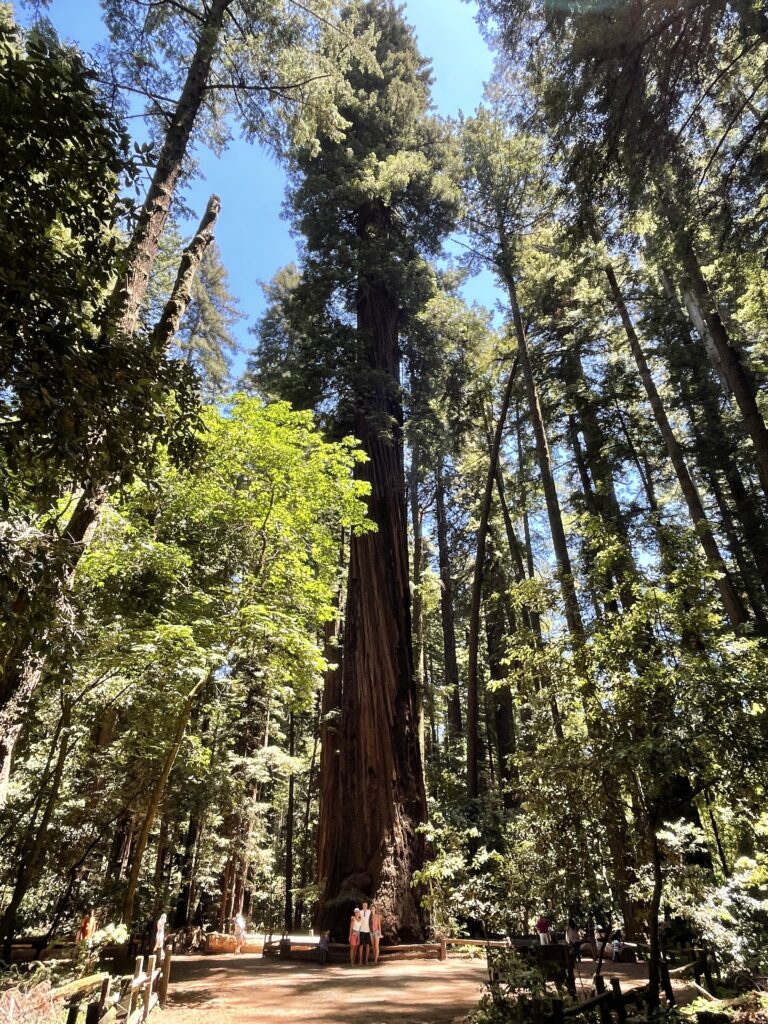
by Marcia Spicer
In the busyness of our daily routines, it isn’t often that I get to sit down with one of Anderson Archival’s Founding Principals Mark Anderson. But we recently met to discuss our clients, favorite solutions, and what makes history so important to the present.
Mark, thanks for taking some time to chat! When clients first come to us, what qualities do they typically share? What are they experiencing?
I think that they come to us saying one of three main things:
Preserve.
I have an important collection of letters, journals, or books, and I’ve got them in boxes in the attic or basement. Or, I just became the director of an organization and now this is my responsibility, and I want to somehow preserve all of this, because I feel like in my heart, it must be done.
Share.
I’ve got something that more broadly, I want to either share with the world, share with my family, or share with our organization’s constituents to make an impact.
Utilize.
Like Oakland Cemetery, we have many old books, but it takes too much time and effort to find the material or information contained within them. They have fragile pages, brittle bindings, the leather is chipping off the spines of the books. I’m nervous I’m going to ruin the thing.
I’ve seen all of those questions firsthand, so it’s really helpful to outline their experience like that. I know you have a love for history. Is there a piece of history that stands out from one of Anderson Archival’s projects?
You’re right, Marcia, I do love history. One of the time periods that I’m especially interested in is World War II. My father was in the Army, and I grew up in a military family. I feel this was a key component to my upbringing. We lived all over and wherever we were stationed, my mother always planned trips for us to learn about the local area. I remember with fondness a trip to Gettysburg which sparked my interest in history early on. So that could be some of it.
The projects that we’ve worked on all are unique and special in their own right, but I thought the Myra Miller World War II map was particularly interesting. It was a challenge to process such a large artifact, but beyond that, what did having it preserved and then shared mean for the members of the client’s family? From the happenstance of connecting with the map’s previous owner in France, to the end result of having the original map framed in a unique way between two pieces of glass so both sides could be viewed, it all fascinated me.
It sounds like it’s not only the objects, but also the extraordinary story around them that plays a big part in what makes each project so intriguing. I know that it does for me.
I think you probably hit the nail on the head regarding what a key element is.
Something that just sits in a drawer may be the only thing like it in the entire world. If it stays in the drawer, what does it matter?
If a hidden artifact can impact decisions that we make, thoughts that we have, how we interact with one another, geopolitical things, we have no idea what its impact could be.
An object that was hidden, that someone discovers and gets excited about and says, “I must preserve, share, or utilize this.” That’s the secret sauce. That’s what makes digitization work so exciting.

We took a family trip to California, specifically to seek out redwoods—gigantic, beautiful trees growing in this one spot for hundreds and, in many cases, thousands of years.
At the Henry Cowell Redwoods State Park, we loved seeing a two-or-three-foot-thick slice of a redwood round they’d mounted. On the rings, they went back as far as they could and they enumerated important dates in history as the tree grew.
“The Chinese invented paper in 105 AD, and then invented gunpowder in 919. The Magna Carta was signed in 1215. The first printing press was invented in 1440. Shakespeare and Galileo were born 1564. Lewis and Clark began their expedition 1804. Tree fell down in Humboldt County, California in 1934.”
There was almost a 2000-year span of history. And you’re probably thinking, “Well, Mark, that’s not a digitization project.”
That’s obviously true. However, if somehow through the projects we are blessed to work on, we are able to preserve, like the tree rings of a redwood tree, a family’s history, an organization’s history, or some world events, and then make that available… If that piece of history allows someone to ponder a decision—why we’re here, what our purpose is—then digitization can really, really be impactful.
As an archival company, we have this vast responsibility. For an organization or family who has a fragile collection that otherwise might not exist ten years from now, what effect would its preservation have on either a constituent or a great-grandchild of that family? How will the collection impact their lives? We don’t know.
The work is exciting. And it’s worth doing.
There’s something really transformative about digitization work. Like with that tree, they could have just displayed the slice as itself—stunning as it is. Instead, they transformed it into a piece that has this connective thread of history. I think that digitization unlocks those kinds of possibilities for a lot of our clients. It enhances the historical significance of the original item.
That’s so true! The little brass words they put on the rings, that’s metadata. The California State Park Service “tagged” the slice of the tree with metadata that allowed the slice to have much more impact, much more value, much more thoughtfulness for someone who was contemplating the vision before them.
It is fascinating to me that you can have a bunch of words that you simply run through the OCR (optical character recognition) process, but if you don’t verify and correct them, tag them, or do something with them as an archivist would do, the unchecked words are simply there. We make it an even richer thing for someone through our work.
Do you have a favorite solution that we’ve been a part of engineering for a client?
The two that immediately come to mind are the solutions we did for Oakland Cemetery, in Pennsylvania, and for Cayuga Centers, in New York. In both cases we had physical journals and bound books from the 1800s to a bit more modern day, but mostly from the early time period.
In both organizations’ cases, they wanted to enable folks to more easily interact with these fragile articles and quickly find the information they were looking for. But, the artifacts were deteriorating so badly that the paper was literally chipping apart and the human interaction was damaging the pages. I loved the idea that the team’s work preserved these articles in a way that makes them much more broadly accessible for people.
For example, imagine you’re doing research with a journal from 1892 to 1904, and someone else comes in saying, “I need that same volume.” Before, the answer would have been, “Sorry, get in line.” Now, with the digital copies, more than one person can utilize and work with these rare books at the same time. In Cayuga’s case, Laurel has shared how much they have witnessed people who come and do that kind of research tell them how easy it and quick it was. You’re saving people’s time.
And now both organizations can access and zoom in on things without the very real risk of damaging those pages, which happened every time those books got handled!
That’s right, Marica! And I know the team loves a personal collection like Rosemary Cassie’s. You know that your work allowed a family to come together in a way that they weren’t necessarily able to do before. They’re able to say to one another, “Oh my gosh, look at all these letters. Did you get your copy?”
“Oh, I got them. Did you see this one from grandpa who said this?”
“No, oh, no, I didn’t. Did you see this one?”
It’s just a thread for a family to get reconnected by.
Connection is so powerful. We’ve talked about how people feel when they come to us for help. How does that change when they’re going home with their digitized collection, able to really dig in?
Two words come to mind—the first one is relief, and the second is gratitude.
I’ve seen both expressed by our Anderson Archival clients.
Putting myself in their position, caring for something that is important to them, their organization, or their family can feel like a burden, and then all of a sudden, that burden is lifted. Now they can say, “These physical articles are still incredibly important, but now I can store them off to the side, because what I’m going to interact with is this new electronic collection.”
I think the work that the team does is of such high caliber and is executed so carefully and with such love that a customer feels it just oozing out of the end result – and is grateful. At the end of the day, they feel like they were heard, and they’re happy with the results.
How about you? I’ll flip that question around.
Surprise, maybe. At the beginning, our clients know they need to do something with their collection, and digitization seems like a good place to go. But when the digital collection's delivered, they start thinking, “Oh, now I can do a reprint or maybe next year I'll look into building a website.” The gateways that are suddenly open because that digitization work is complete have surprised some clients.
A fascinating thing is that once you do this, it really unlocks so many possibilities.
Thanks for taking the time for this insightful conversation, Mark.
Thank you so much, Marcia. I really enjoyed our conversation.
Goodbye, everyone!


